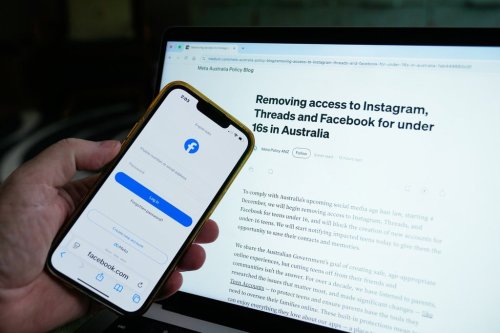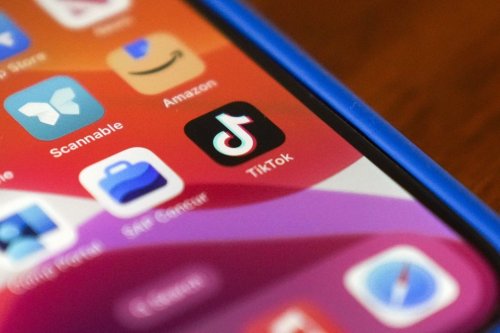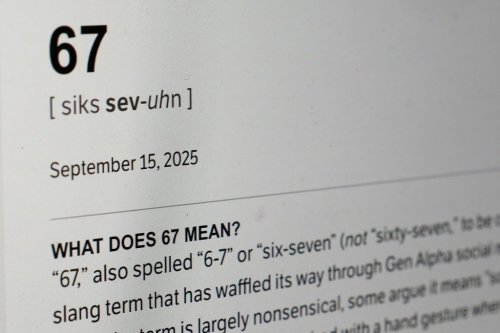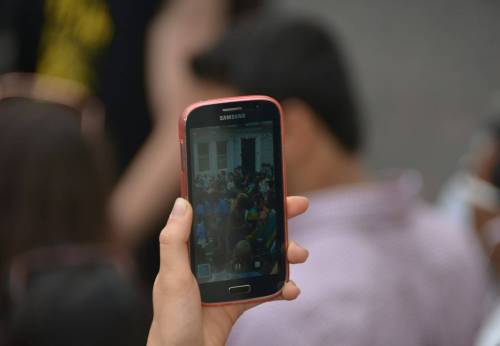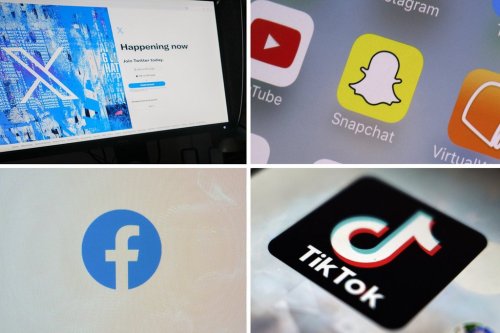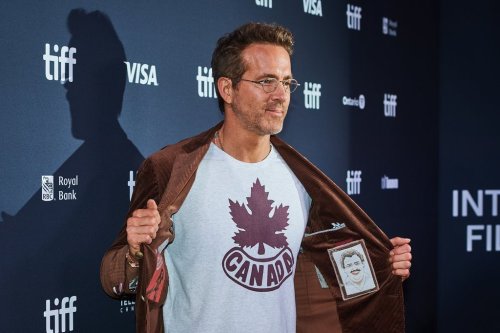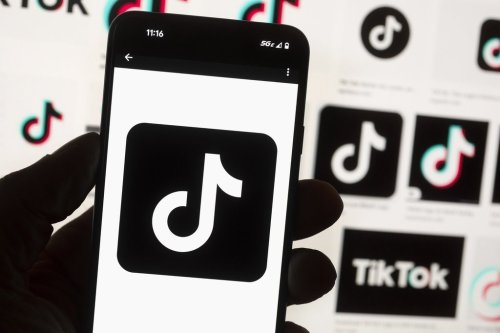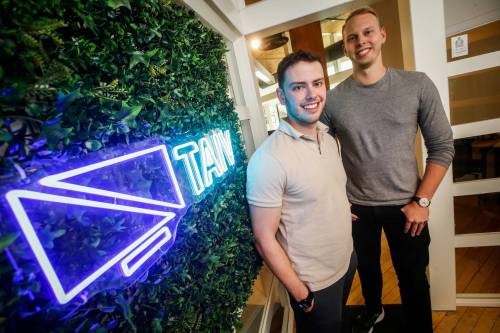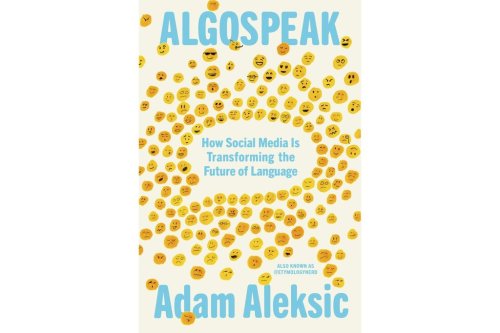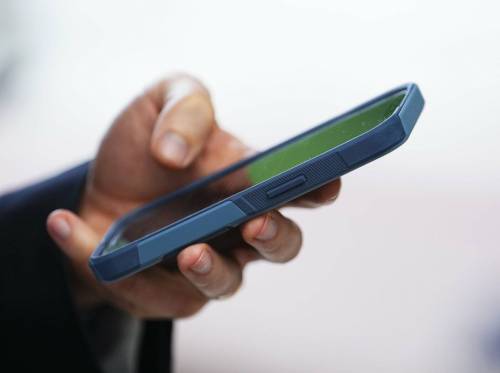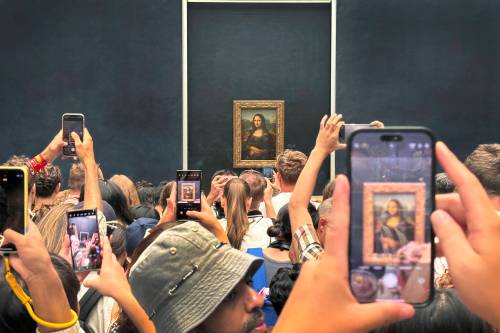Social media
Please review each article prior to use: grade-level applicability and curricular alignment might not be obvious from the headline alone.
Australia will enforce a social media ban for children under 16 despite a court challenge
3 minute read Preview Updated: Yesterday at 4:57 AM CSTIs it just me? Or is swearing on the rise, on television, in print, in our daily lives?
Toronto Blue Jays manager, John Schneider, let loose a few F-bombs during the Jays’ recent playoff run. Former Blue Bomber star Jermarcus Hardrick, in town to play for Saskatchewan in the Grey Cup, revealed the meaning of the tattoo on his forearm from his Grey Cup wins in Winnipeg.
The tattoo features the Grey Cup, the Bomber logo and the letters, FIFO, which stands for “Fit in or F-off.”
I expect few are surprised that the sports locker room remains fertile ground for swearing. What is surprising, at least to me, is the steady rise in so-called “colourful language” in public settings, including mainstream media, and of course social media platforms.
Child advocates urge government to bring back online harms legislation
4 minute read Preview Friday, Nov. 21, 2025Influencers have more reach on 5 major platforms than news media, politicians: report
5 minute read Preview Friday, Nov. 14, 2025Dictionary.com’s word of the year is ‘6-7.’ But is it even a word and what does it mean?
3 minute read Preview Friday, Oct. 31, 2025When the internet first arrived in the mid-1990s, it screeched. Literally.
It screamed its way into our homes through the telephone lines, a metallic cry that sounded like the future forcing its way through. We waited through the static, convinced that life was about to get easier. People said it would save us time, let us work from home and give us more hours with our families.
No one mentioned that it would also move into our bedrooms, our pockets and our dreams. No one could have imagined that it would change how we fight, how we march, how we plead for justice. That the fight for justice itself would become a digital labyrinth where truth moves slowly and attention moves fast.
Back then, when a heroine from a popular early-2000s television show was dumped with nothing but a handwritten note, it became a cultural tragedy. There was nothing noble about writing your cowardice on a Post-it. A few years later, a company fired hundreds by email and it made national news. Today, we “quietly quit” through apps without blinking, edit our grief into reels, add the music the app suggests and call it closure.
TikTok as a tool — but for whom?
4 minute read Preview Wednesday, Oct. 1, 2025Algorithms of hate and the digital divide
5 minute read Friday, Sep. 26, 2025If recent events are any indication, it has become clear that the current use of technology has driven a wedge between people like never before.
The polarization of ideas, perspectives, ideologies, politics, identities, cultures, and other differences that are expected and should be celebrated in diverse and dynamic societies has resulted in an undercurrent of fear of the other, fuelled by media that reinforce our own beliefs and disavow others, the consequences of which are felt by a generation who more often is fed by and fed to an algorithm.
Imagine you are watching television and have a wide selection of channels to choose from: sports, news, cooking, mystery, sci-fi, the usual variety of channels. You decide to watch the golf channel for a while because you like golf. When you are done you go to the channel guide and discover that all your channels have changed to golf channels. Weird, but I like golf.
You go to the library. It has a great selection of thousands of books from all genres. You like mystery novels and pick one off the shelf to borrow. As you look up after reading the back cover, all the books in the library have changed to mystery novels. Mysterious, indeed.

